FREE SHIPPING WORLDWIDE ON ALL ORDERS // Zero additional costs at check out
As we journey through life, we are often reminded of ancient cultures that can teach us not only about the lifestyle of our ancestors but also about the spiritual world that exists beyond our own. Each country and civilization shares its own beautiful and intricate artistic identity, used by early settlers to communicate and ward off evil spirits. Discover the world of Aboriginal art from Australia to Mexico and further afield.
The world of Aboriginal art is complex and varied. It has existed for thousands of years and is an artistic expression that is deeply rooted in the cultural and spiritual traditions of Indigenous communities around the world. It can take many forms from painting, sculpture, weaving, carving, and pottery. Techniques are primitive and the materials used originate from the natural world. One thing that unites Aboriginal art across cultures is the strong connection to nature with plants, animals and the elements depicted to celebrate the cultural and spiritual human connection with nature. Today, Aboriginal art is a testament to the creativity and resilience of ancient cultures and is widely celebrated around the world.
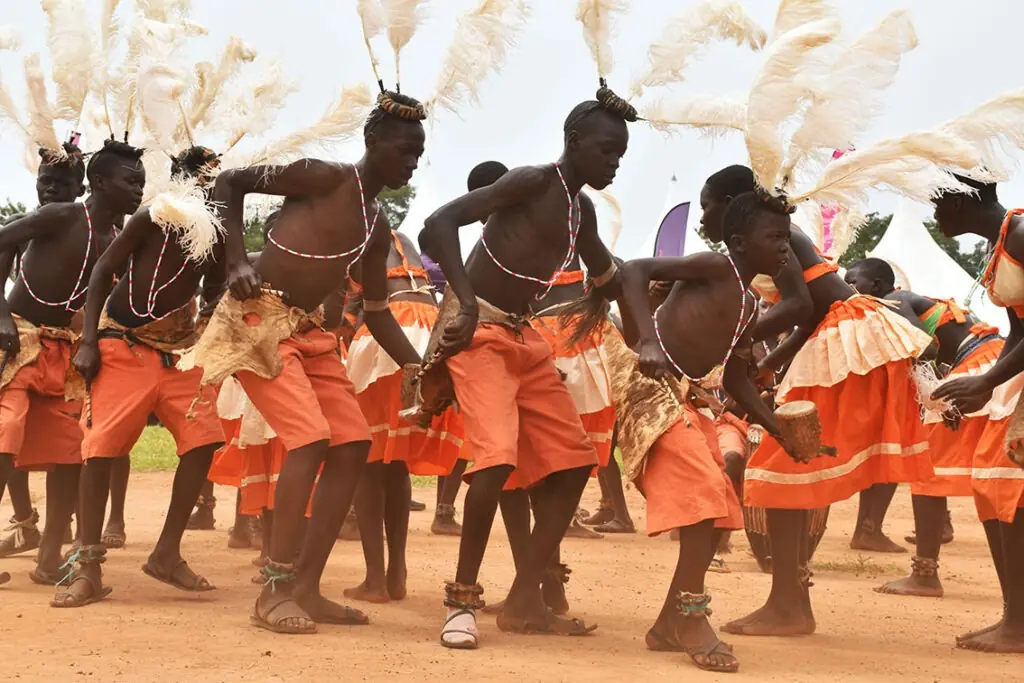
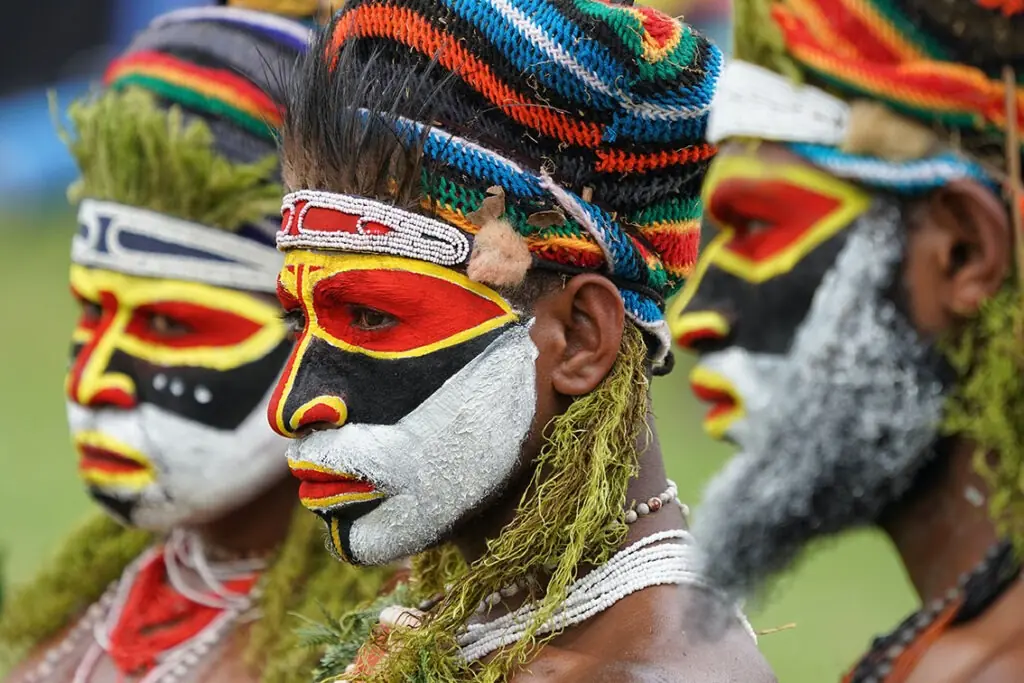
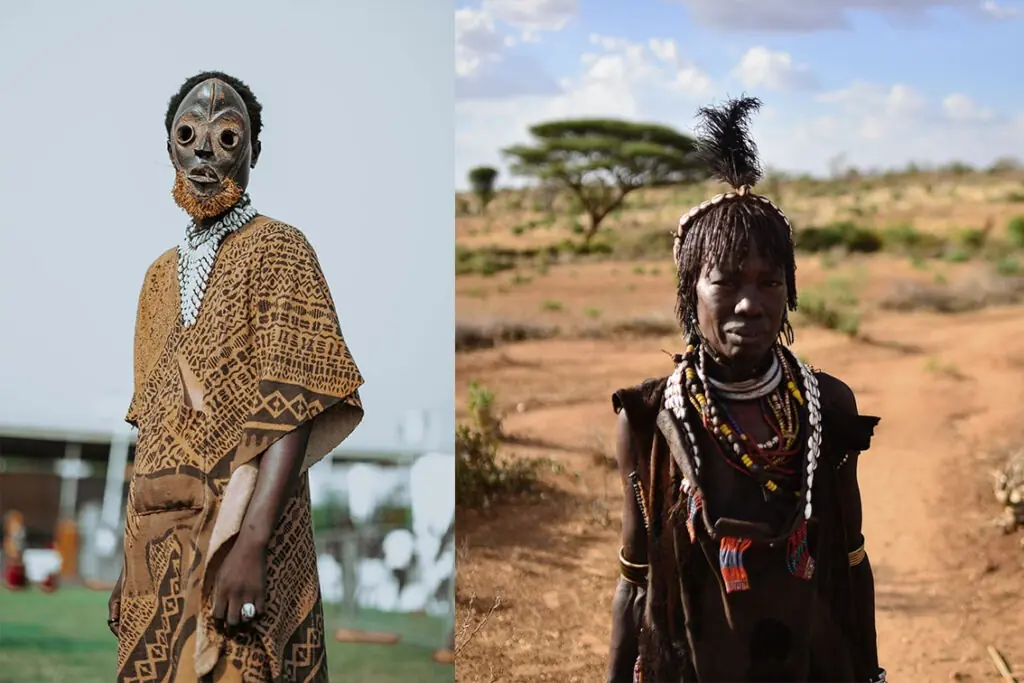
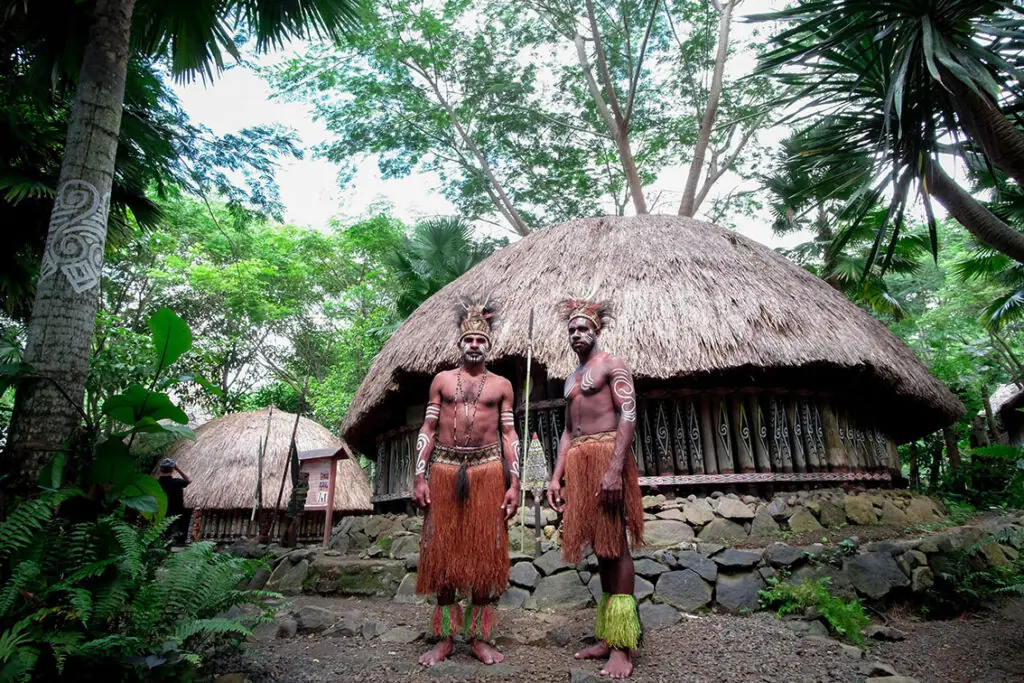
When looking closely at any of the Tropia Art illustration artwork, you will notice the use of small dots to create detail and definition within the illustration. This technique is not new and in fact, it dates back thousands of years to the time of the Australian Indigenous people. In Australia, Aboriginal art is more than a series of paintings and artworks, it is a sacred representation of stories and traditions that form part of the Aboriginal Dreamtime – a belief system that tells a story about the origins of the world and the creatures and people who live in it.
The use of dots is said to originate from creating body paintings for ceremonies and when used for rock or bark paintings, it is said to depict stories and symbols with deep cultural and spiritual significance. When used to create the form of circles or larger dots, it is believed to represent watering holes and ancestral spirits.
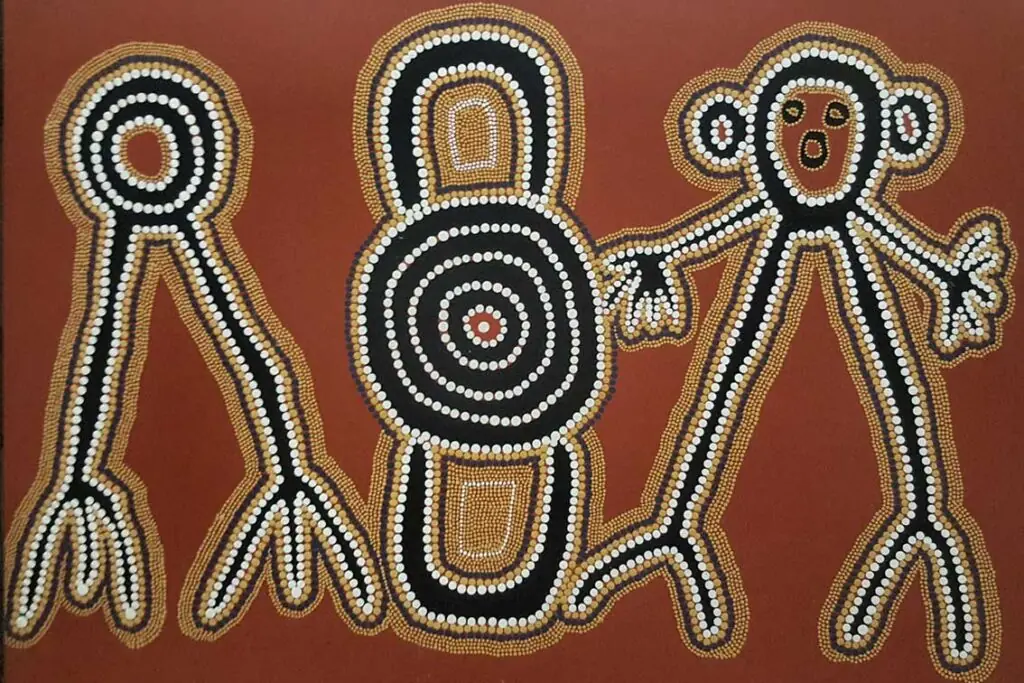

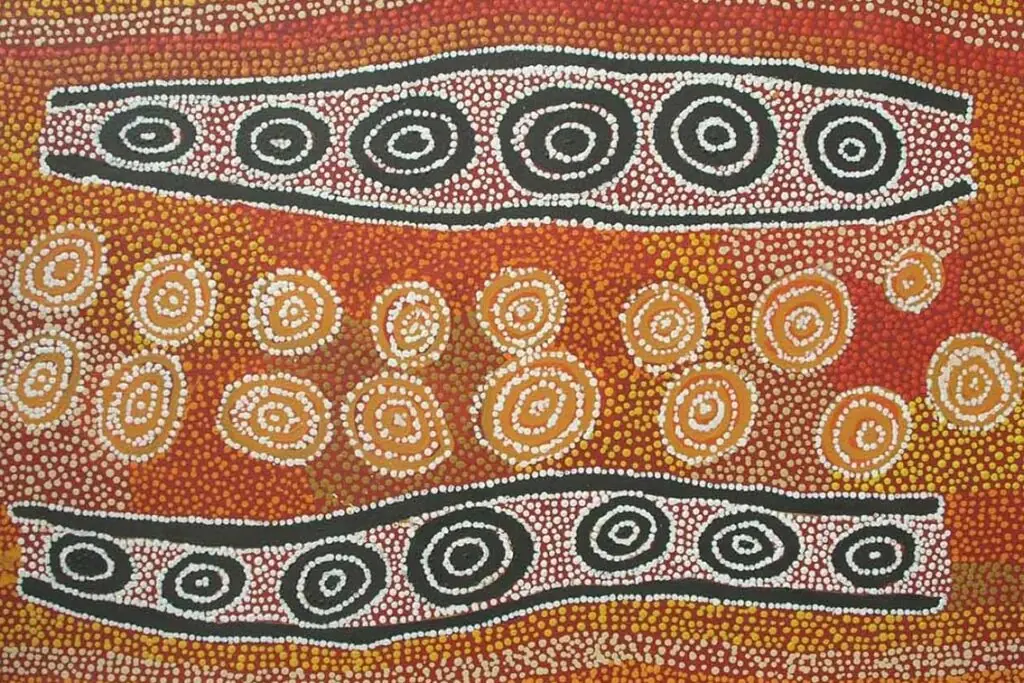
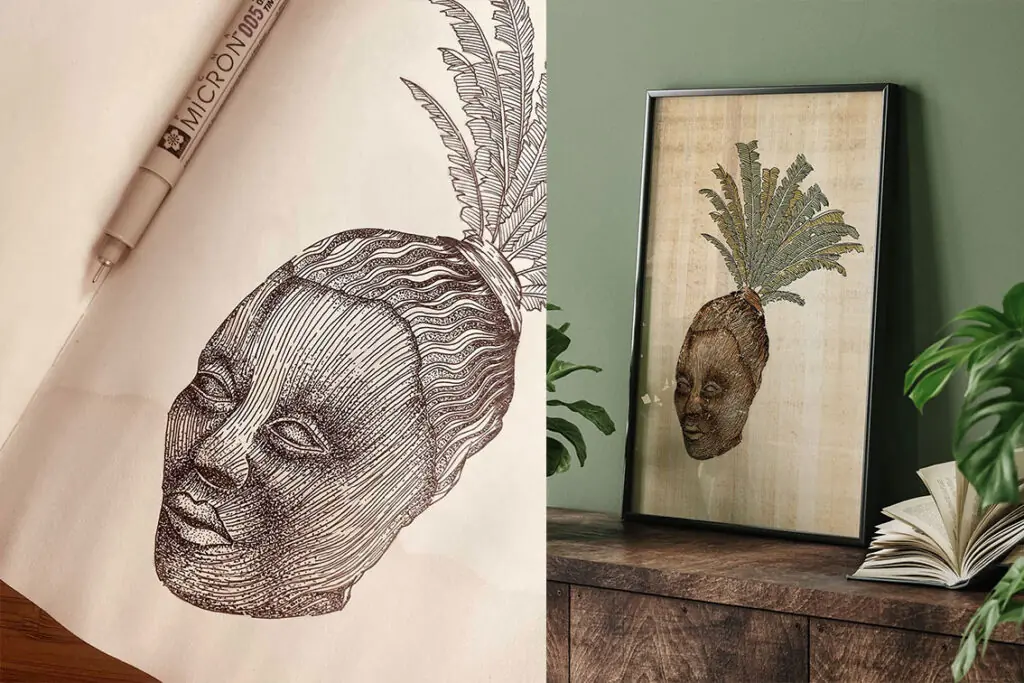
Aboriginal art is a testament to the creativity and resilience of ancient cultures and is widely celebrated around the world.
It serves as a reminder of the beautiful and complex relationship between humans and the natural world and allows us to connect with the deep wisdom and spiritual meaning of the world around us.
Of course, the colours used in Aboriginal art are also supercharged with meaning. Not one colour is used by accident. Red is often used to represent the earth and its life-giving properties. Black is associated with the underworld and the spirits. Yellow is believed to represent the sun and its warm, golden glow and white is used as a symbol of purity and ancestral spirits. Ancient art, like the Aboriginal paintings of Australia, serves as a reminder of the beautiful and complex relationship between humans and the natural world and allows us to connect with the deep wisdom and spiritual meaning of the world around us.

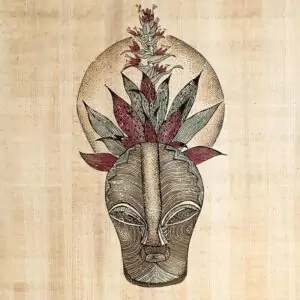
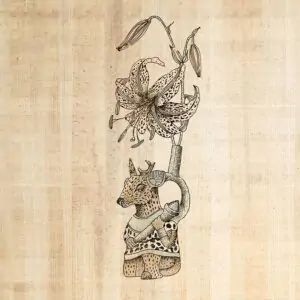
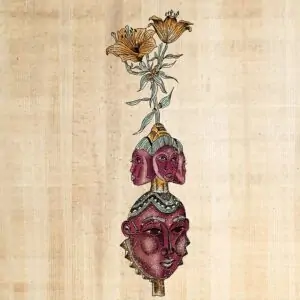
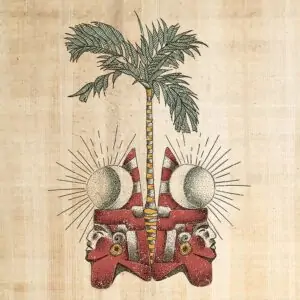

Aboriginal art is not confined to the wild and rugged Australian outback, each culture has its own form. Mexico’s pre-Columbian period, prior to the arrival of European settlers in the 15th century, is an important time for Aboriginal art. One such period that has inspired Tropia Art illustrations is that of the Olmecs. Olmec art is known for its distinctive style and iconography which highlighted the Olmec tribe’s deep connection to the natural world. Elongated human heads or curious mash-ups between human and animal figures, also known as “transformational figures” are iconic. Art forms vary from monumental figures to small figurines and pottery. As you can see in the Tropia Art, Mexican Olmeca Tribe print, the elongated head towers over the tropical land with the sun, the moon and palm trees flourishing in its presence. Olmec Aboriginal art was not only used as a powerful talisman but also a Shamanic tool to bring about well-being in the tribe.
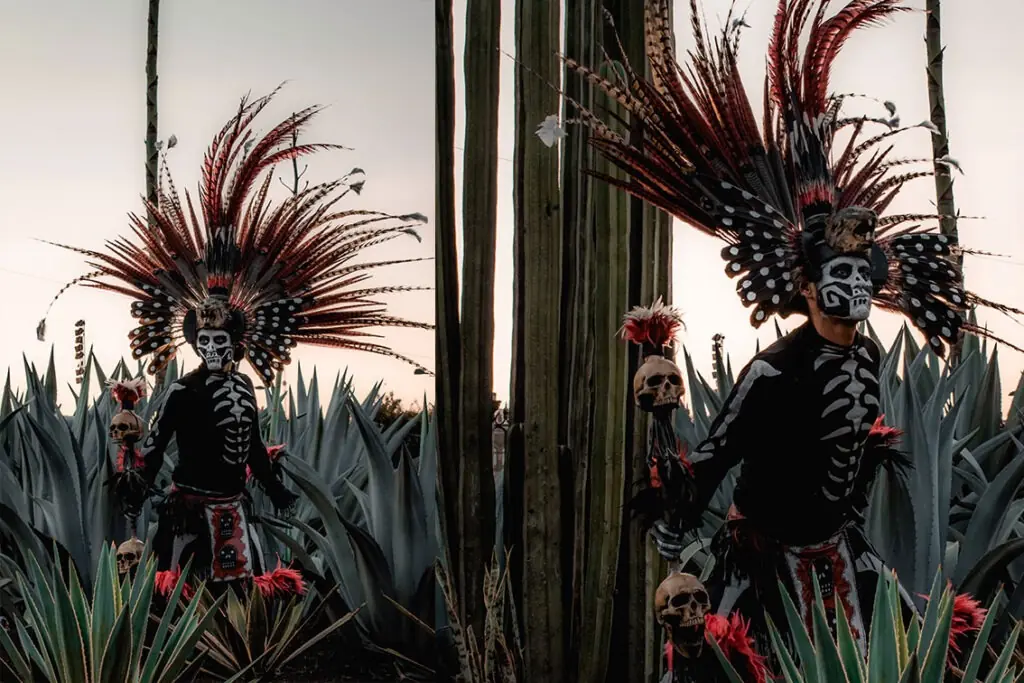
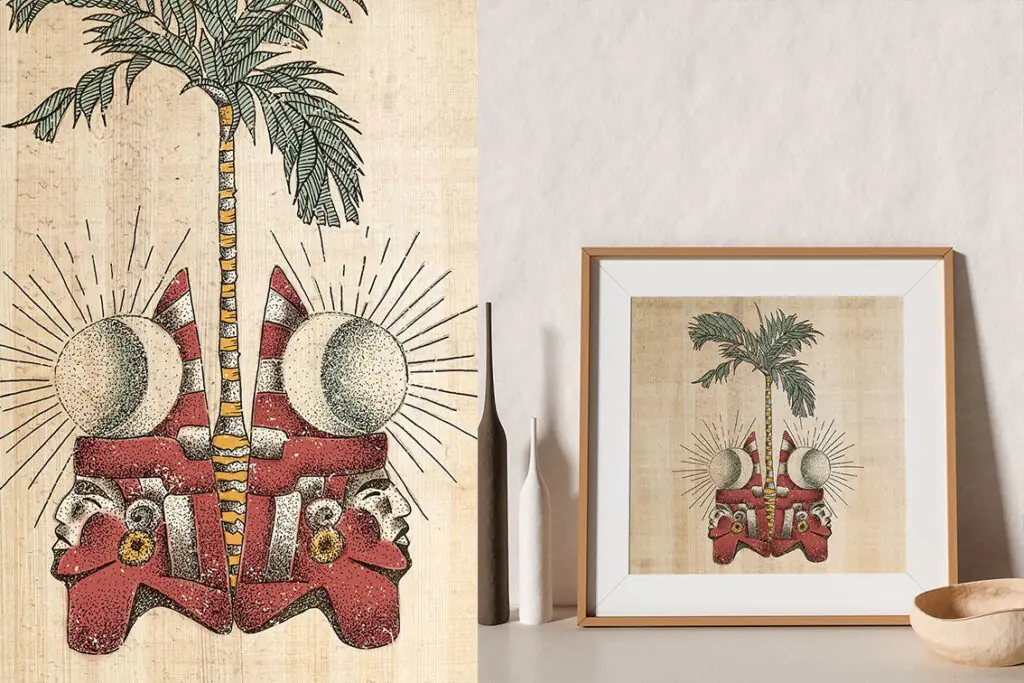
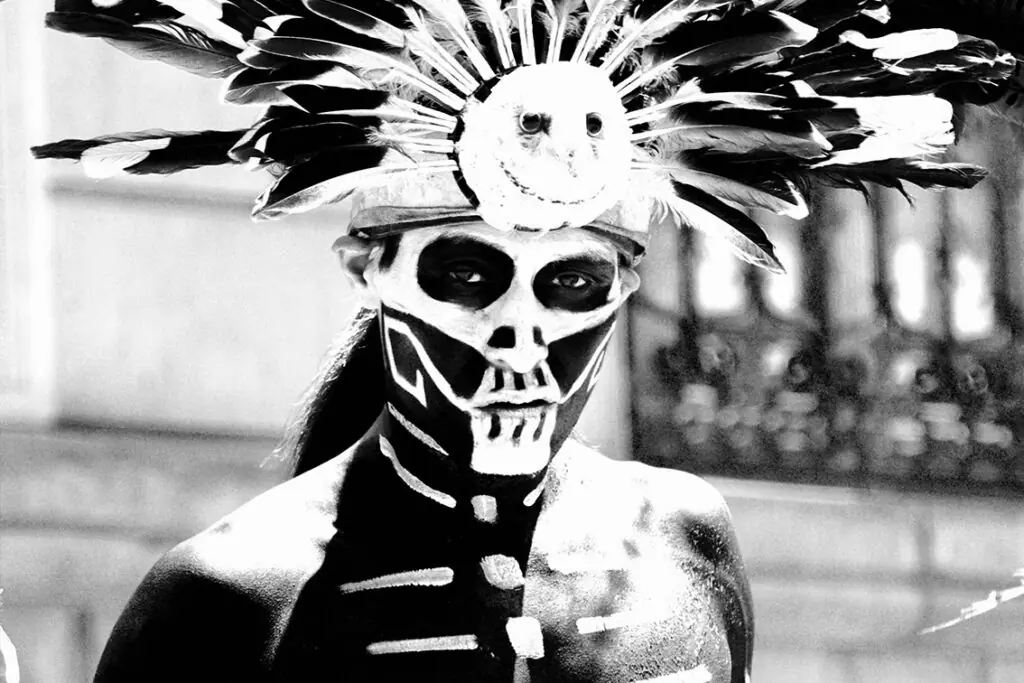
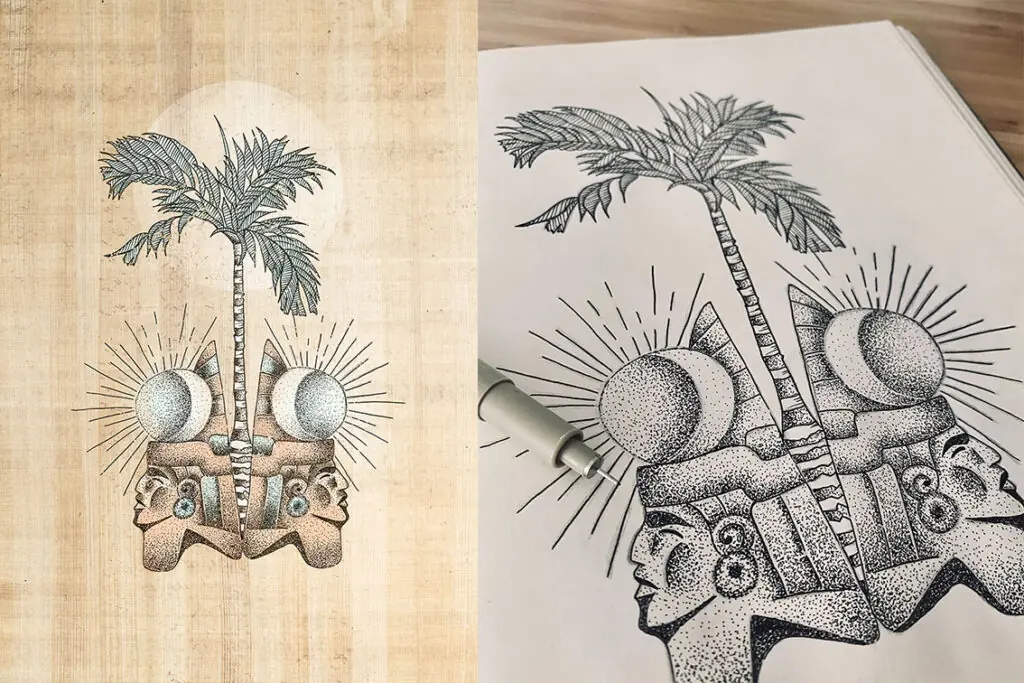
It is not just Olmec art that is associated with shamanism. Aboriginal art created by the Indigenous people of Asia also shares close links. Ainu art, created by the Ainu people an Indigenous community in Japan, takes its inspiration from the natural world and often features intricate designs and patterns. Depictions of animals and plants form the foundation of this art form and Ainu shamanic art also includes ceremonial objects such as wooden statues, carvings, and clothing, which are used in shamanic rituals. In Southern Siberia, the Tuvan people echo the practices of the Ainu people using aboriginal art as Shamanic tools for spiritual worship.
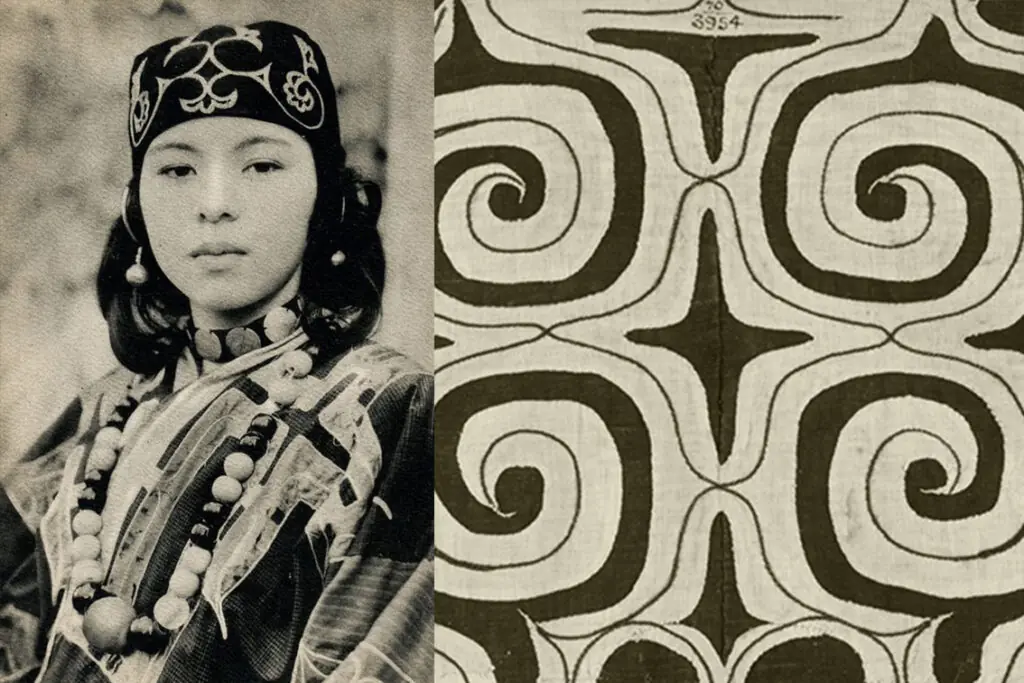
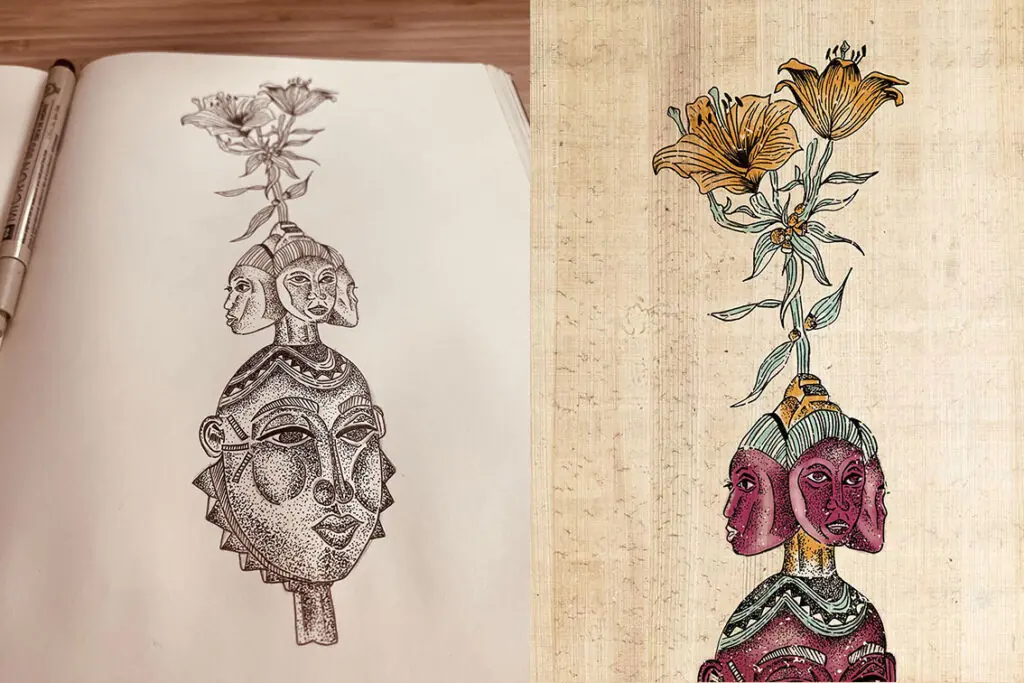
In China, Chang’e Or Ch’ang Ois is the main moon Goddess celebrated in oriental mythology. Her tragic story tells that once upon a time, she sought refuge in the moon from her consort, Hou Yi (the Lord Archer). He had discovered that the drug of immortality given to him by the gods had been stolen by Chang’eor Ch’ang Ois and he was seeking revenge. The moon became her sanctuary and her safe hiding place. During the Mid-Autumn festival, Chinese civilizations arrange incense tables to worship the goddess Chang’e. They pray for happiness and safety. Placing the Goddess Lunar Eclipse print on your blank walls will allow the powerful energy of both the moon and sun to radiate through your home filling it with equal amounts of masculine and feminine energy. Chang’e’s presence will also ensure that good vibes permeate throughout the home creating a peaceful and restful living space.
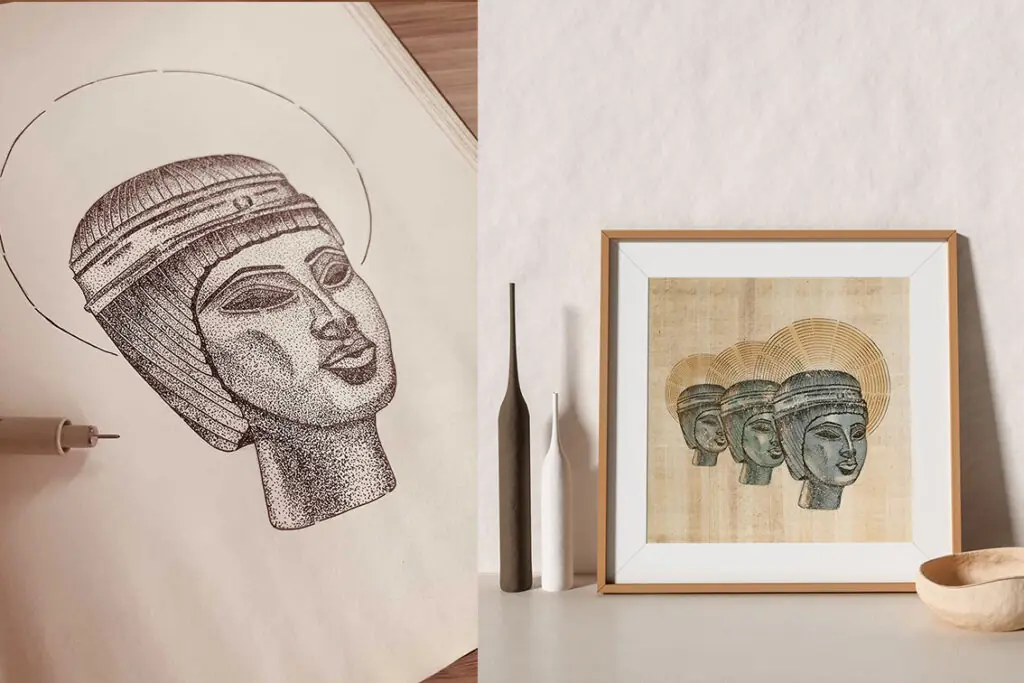
In China, Chang’e Or Ch’ang Ois is the main moon Goddess celebrated in oriental mythology.
Placing the Goddess Lunar Eclipse print on your blank walls will allow the powerful energy of both the moon and sun to radiate through your home filling it with equal amounts of masculine and feminine energy.
There is so much to be learned about Aboriginal art and the Indigenous cultures involved in its creation. From the Australian traditional bark botanical prints that depict local plants and animals to the spiritually infused works of art from the depths of Asia, there are messages hidden between the dots and cross hatchings for those who know how to look for them.
Aboriginal art is more than the physical creations themselves, it is a sacred representation of stories and traditions that have survived since ancient times. The intricate patterns, hidden symbols, and vibrant colours help us to connect on a soul level with the world around us, inviting us to let the time-honoured wisdom of our ancestors wash over us. Let’s embrace this beautiful art form and fill our homes with age-old magic.
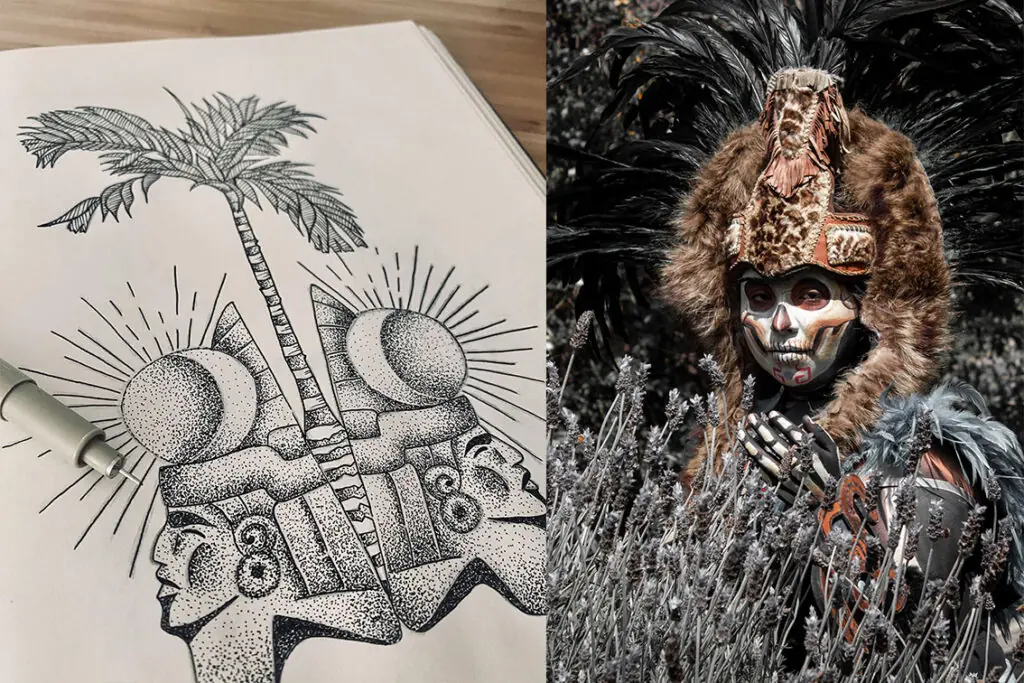
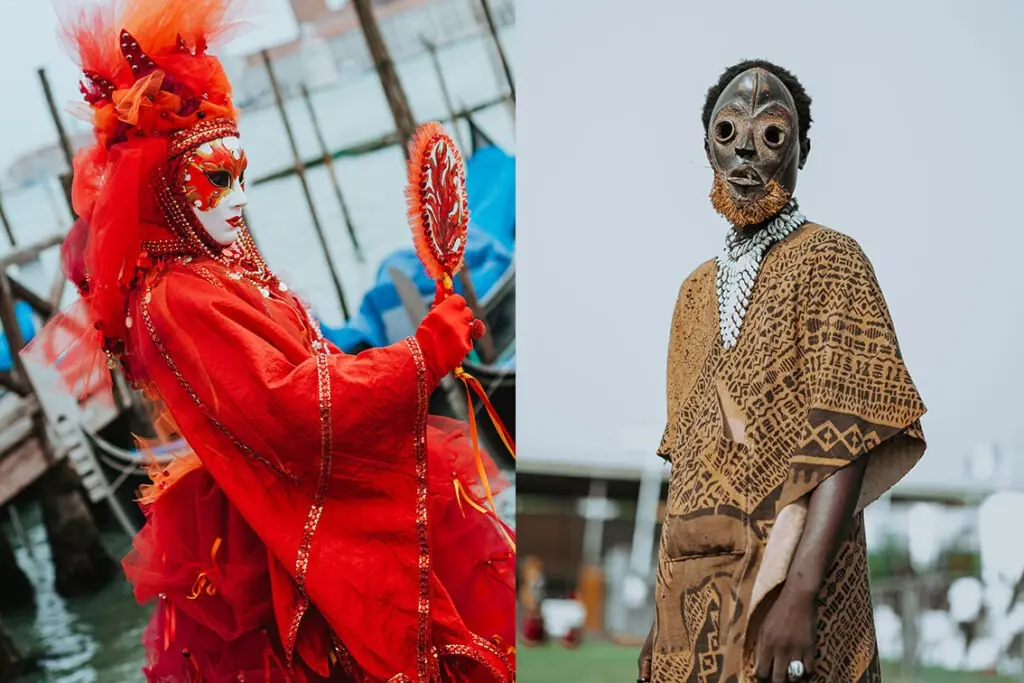
Visit our Wholesale Art Prints page to see the full collection.
NEW! Tropia Art Prints
CONTACT
ART STUDIO based on the Canary Islands, often nomadic.
Shop and Co-Creating worldwide
© Tropia Art Studio 2025 | Web Design by MAPODEC
